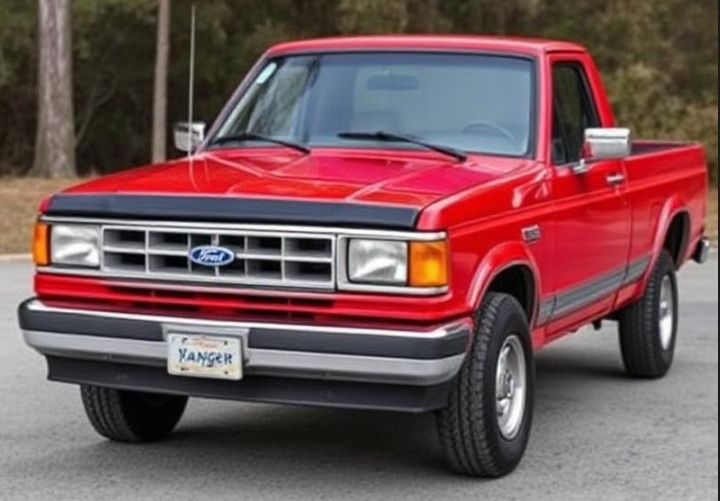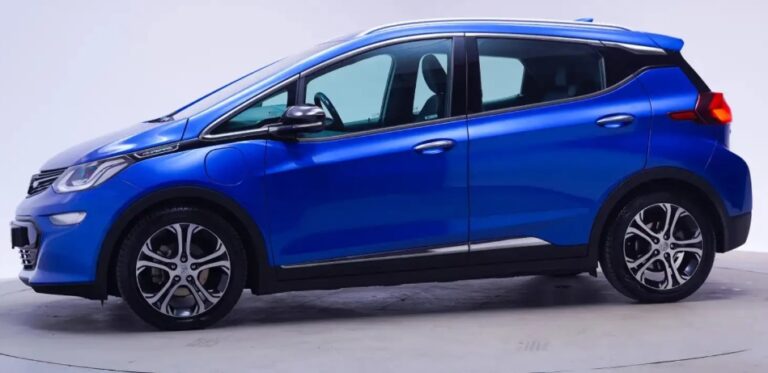The Evolution of the Suzuki Splash
The Suzuki Splash is a subcompact hatchback that marked Suzuki’s entry into the increasingly competitive small car segment during the late 2000s. Launched to offer an affordable, practical, and versatile vehicle, the Splash has undergone several updates and variations since its inception. This article traces the evolution of the Suzuki Splash, detailing its production years, model designations, trim levels, and notable features, providing a comprehensive overview of this versatile city car.
Introduction and Launch (2008–2014)
Origins and Development
The Suzuki Splash was introduced in 2008 as a global model, primarily designed to serve European markets, but also available in various other regions. It was built on the Suzuki Global C platform, which it shared with other small Suzuki models, such as the Swift. The Splash was positioned as a practical, economical, and stylish hatchback aimed at urban drivers seeking reliability and efficiency.
Production Period
- Start of Production: 2008
- End of Production: 2014
The model was produced primarily in Hungary at the Magyar Suzuki plant, reflecting Suzuki’s commitment to European manufacturing.
Initial Models and Trim Levels (2008–2011)
Launch Models
Upon its debut, the Suzuki Splash was available in multiple trim levels, catering to different customer needs. The initial lineup included:
- Basic/Standard Trim
- Comfort Trim
- Luxury/High-End Trim
Key Features and Specifications
- Engines: The early models were powered by a 1.0-liter (998 cc) and a 1.2-liter (1242 cc) gasoline engines. The 1.0-liter engine produced around 68 horsepower, while the 1.2-liter produced approximately 94 horsepower.
- Transmission: Both models offered five-speed manual transmissions, with some markets also offering a four-speed automatic transmission for the 1.2-liter variants.
- Drive Options: Front-wheel drive was standard across the range.
- Features: Entry-level trims included basic features such as manual windows, manual mirrors, and fabric seats. Mid-range trims added air conditioning, power windows, and upgraded audio systems. Top trims offered features like alloy wheels, fog lights, and improved interior trims.
Model Variants
- Suzuki Splash 1.0 L
- Focused on affordability and fuel economy.
- Suitable for city driving and budget-conscious consumers.
- Suzuki Splash 1.2 L
- Offered more power and better performance.
- Came with additional comfort and convenience features.
Mid-Cycle Refresh (2012–2014)
In 2012, Suzuki introduced a facelift for the Splash, primarily aimed at updating the aesthetics, improving safety, and refining features to remain competitive.
Design Updates
- Slightly revised front grille and bumper design.
- New headlight and taillight graphics.
- Restyled alloy wheels on higher trims.
- Interior enhancements, including improved materials and updated dashboard layout.
Trim Level Enhancements
Post-2012, the trim levels were maintained but with added features:
- SZ2: Entry-level, basic features, manual air conditioning, and fabric seats.
- SZ3: Mid-range, additional features such as power steering, electric mirrors, and upgraded audio.
- SZ4: Top-tier trim, including alloy wheels, fog lamps, and enhanced interior trims.
Engine and Transmission Options
- The engine lineup remained consistent with the 1.0L and 1.2L gasoline engines.
- Transmission options included five-speed manual and four-speed automatic transmissions, depending on the market.
Safety and Technology
The facelift brought improvements such as:
- Enhanced safety features, including optional front airbags and ABS in higher trims.
- Improved sound insulation.
- Better fuel economy and emissions compliance.
Special Editions and Variants
Throughout its production, Suzuki released several special editions and variants to boost appeal:
- Splash Black Edition: Featured blacked-out exterior elements, sportier interior accents, and unique wheels.
- Splash Limited Edition: Offered in limited numbers with special paint colors, upgraded interior materials, and additional features.
- Eco Models: Some markets received eco-focused versions with improved fuel efficiency and reduced emissions, often achieved through engine tuning or lightweight components.
Discontinuation and Legacy (Post-2014)
By 2014, Suzuki announced the end of the Splash’s production in Europe, citing shifting market demands towards larger vehicles and the rising popularity of crossovers. The model was replaced in some markets by the Suzuki Celerio, which offered similar compact city car qualities with more modern features.
Despite its relatively short production run, the Suzuki Splash was appreciated for its practicality, affordability, and cheerful design. Its compact size made it ideal for urban environments, and its range of trim levels allowed buyers to select models tailored to their needs.
Notable Features and Technological Progression
Early Features (2008–2011):
- Basic audio systems, manual air conditioning
- Fabric upholstery
- Manual windows and mirrors on entry-level trims
Mid-Generation Features (2012–2014):
- Optional Bluetooth connectivity
- Improved infotainment options, including CD/MP3 players
- Power steering and electric windows on mid-range and higher trims
- Safety features like airbags and ABS becoming more common
Advanced Trims:
- Higher trims sometimes included alloy wheels, fog lights, and upgraded interior trims such as leather or faux-leather seats.
- Some models incorporated additional storage compartments and practical features like split-fold rear seats for increased cargo capacity.
Global Markets and Variations
While the Suzuki Splash was primarily designed for European markets, it was also available in other regions, including:
- India: Under the Maruti Suzuki brand, the Splash’s platform was adapted into other models but the Splash itself was not widely marketed.
- South America: Limited availability, with some markets receiving the model during its production years.
- Other markets: Variations in trim levels and features based on local preferences and regulations.
We LOVE cars & cruising around, but sometimes day trips to explore new cities are required (with family or friends) for a spice of variety in your life!
So GO explore!
Cruises & Day/Night City Tours to: Baltimore, Boston, Chicago, Marina Del Ray, New York, Niagara, Philadelphia, San Diego, San Francisco, Toronto, Washington DC, etc.:

.
Conclusion
The Suzuki Splash’s evolution from its 2008 launch to its discontinuation in 2014 reflects its role as a practical, affordable city car tailored to urban drivers. Throughout its lifespan, the model saw incremental updates in design, features, and safety, aligning with technological advancements and market demands.
Despite its relatively brief tenure, the Suzuki Splash remains a noteworthy example of Suzuki’s approach to compact urban mobility—combining efficiency, versatility, and affordability. Its legacy endures among enthusiasts who appreciate its straightforward design and functional appeal, and it continues to serve as a reliable choice in the used car market.
Summary Table: Suzuki Splash Timeline and Key Features
| Year | Production Period | Notable Features / Trim Levels | Engine Options | Market Notes |
|---|---|---|---|---|
| 2008–2011 | 2008–2011 | SZ2, SZ3, SZ4 trims; initial design and features | 1.0L, 1.2L gasoline engines | Launch phase, European focus |
| 2012–2014 | 2012–2014 | Facelift introduced; updated styling, safety features | 1.0L, 1.2L engines | Mid-cycle refresh, enhanced trims |
In summary, the Suzuki Splash’s evolution showcases a model that adapted over its lifespan to meet the needs of urban drivers worldwide. Its blend of practicality, style, and affordability secures its place as a noteworthy chapter in Suzuki’s compact car history.







